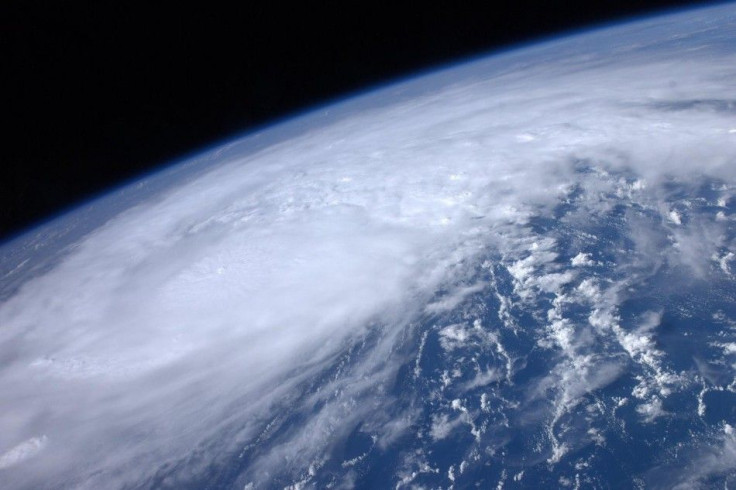Hurricane Irene 2011 Seemingly Headed for New York City, Massive Economic Impact Expected

Hurricane Irene is heading right for New York City. It remains unclear when and where the storm will break.
According to New York City's Office of Emergency Management, the last hurricane to directly hit New York City was in 1821. The storm enabled tides to rise 13 feet in one hour and flooded the area from lower Manhattan to Canal St.
If the storm followed the exact track of it, there could be considerable wind damage and tidal flooding out in those areas, senior meteorologist James Aman said. There potentially could be some storm surge problems out around the eastern tip of Long Island, Rhode Island, Cape Cod, some of the areas around Boston that face Massachusetts Bay, he added.
The water's got to go somewhere and the wind is going to hit something. research manager at insurer FM Global Lou Gritzo told Reuters. Gritzo also said that New York City becomes a wind tunnel when the wind whips between the buildings, so that's going to be a force that intensifies how projectiles are moving.
Proper New York City evacuation routes have been posted on the city's emergency management website.
If Irene's sustained winds reach 100 miles per hour, an economic worst-case scenario, the United States will face at least $100 billion in insured losses, the Wall Street Journal reported. Loss of productivity and loss of life were not included in this figure.
© Copyright IBTimes 2024. All rights reserved.





















